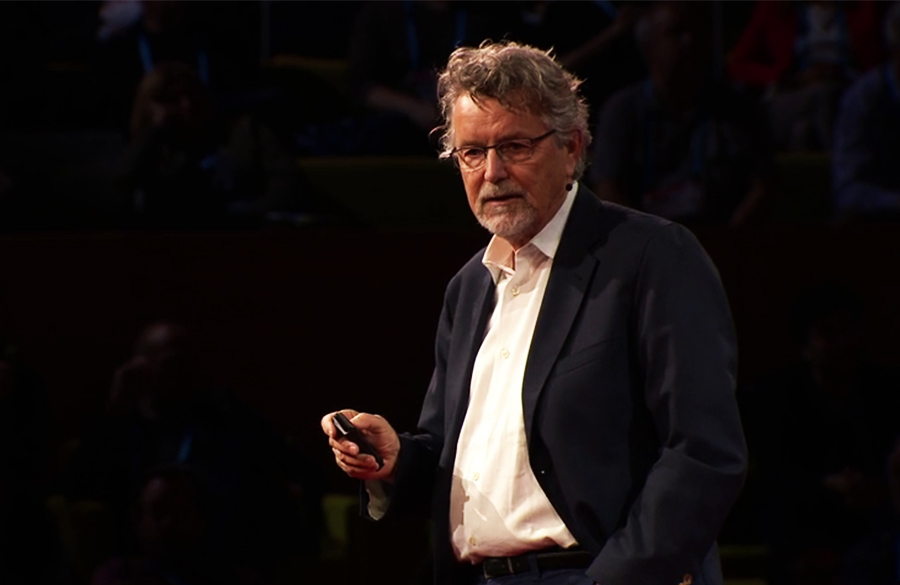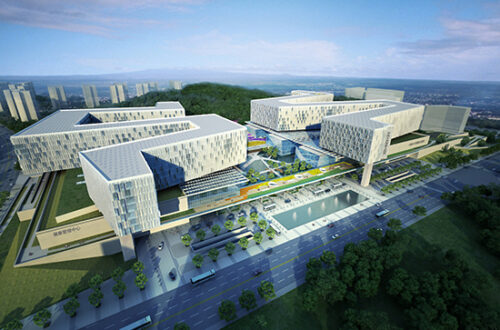
7 Principles For Building Better Cities
Peter Calthorpe – Who Is He?

With a strong focus and passion dedicated to developing new approaches to urban revitalisation, suburban growth and regional planning, Calthorpe’s honoured career in urban design, planning and architecture shouldn’t be overlooked. Through written work and projects, Calthorpe has spread the vision of New Urbanism, a framework for creating sustainable, human-scaled places.
Peter Calthorpe’s decades worth of design practice has always been led by the concept that popular and successful places, including neighbourhoods, towns, urban districts or metropolitan regions, must be diverse in terms of people, be scaled to walkers and human interactions and must be environmentally sustainable. All of these ideas were broken down into 7 crucial principles expressed to the audience in the form of a Ted Talk in April of 2017.
1. Preserve
Preserve natural ecologies, agrarian landscapes and cultural heritage sites.
A city that manages to integrate its history, culture and landscapes into modern developments of roads and buildings will succeed in creating a pleasing atmosphere.
2. Mix
Create mixed-used and mixed-income neighbourhoods.
This is an emphasised point in the talk and deserves to be one. Despite the amount of urban planning already dedicated to the concept of mixed use, the creation of such a city must always remain a priority. Benefits include allowing for a better integration of varied communities and reducing inequality between individuals.
3. Walk
Design walkable streets and human scale neighbourhoods.
“There’s no great city that you don’t enjoy walking in”
Peter calthorpe
There is logic behind this point as well. If only a third of the people have cars, then why are 100 percent of the streets given to cars? By designing streets that attract tourists and citizens to take a walk around their block without feeling bothered by their sterile surroundings, it can go a long way for the economic and social prosperity of one’s city.
4. Bike
Prioritise bicycle networks and auto-free streets.
Stated as the most efficient means of transportation by Calthorpe, he emphasises on the prioritisation of adopting wider biking lanes and networks. As well as auto-free streets. This will further decrease the amount of harmful emissions released into the atmosphere by offering a pollution-free mode of transport.
5. Connect
Increase density of road network, limit block size.
In huge industrial cities, buildings and streets are broken down into repeating blocks that offer no sense of diversity nor considerations for building long-lasting communities. Calthorpe emphasised on the idea of a street network that allows many routes instead of singular routes and provides many kinds of streets instead of just one.
6. Ride
Develop high quality transit and affordable BRT.
“We have to invest more in transit,” the architect stated loud and clear. He stressed that autonomous vehicles will not solve this for us, and as a matter of fact, they will generate more traffic, more VMT, rather than the alternative.
7. Focus
Match density and mix to transit capacity.
Calthorpe commented on the switch of city hierarchy which was previously based on old armature freeways rather than the new transit system, and he called this a ‘big paradigm shift.’ In order to really shape the structure of cities, those two concepts and ways of urban management really need to be reconnected.
All of these principles highlighted relate to the ability for communities to come together and actively work to make these changes. Peter Calthorpe continues to be hopeful that these principles will be used as more and more people become increasingly understanding of their situations and form political coalitions to witness change.
Bibliography
- Carbonneau, Coralie. “7 Principles for Building Better Cities.” Medium, 8 June 2020, https://medium.com/@coraliecarbonneau/7-principles-for-building-better-cities-eca8bc570be1.
- “Peter Calthorpe | HDR.” Www.hdrinc.com, HDR, https://www.hdrinc.com/person/peter-calthorpe.
- Calthorpe, Peter. “Peter Calthorpe | Speaker | TED.” Www.ted.com, Apr. 2017,https://www.ted.com/speakers/peter_calthorpe.
- Melaskandrany. “Seven Principles for Building Better Cities – Spring 2018: Shaping the Future of New York City.” Https://Eportfolios.macaulay.cuny.edu/, 8 May 2018, https://eportfolios.macaulay.cuny.edu/alonso2018/2018/05/08/seven-principles-for-building-better-cities/.





7 Comments
Lily
Amazing write-up! Very useful and easy to read.
порно азиаток
Wohh precisely what I was searching for, regards for putting up.
My website: порно азиаток
тайское порно
Thanks for sharing, this is a fantastic blog post.Really thank you! Much obliged.
My website: порно азербайджанки
порно старых
I reckon something truly special in this website.
My website: порно насилие порно оргии
zoritoler imol
Appreciate it for this post, I am a big fan of this website would like to keep updated.
gym around me
Simply desire to say your article is as astonishing. The clarity to your put up is just cool and that i could think you’re a professional on this subject. Well along with your permission allow me to snatch your feed to keep updated with approaching post. Thank you a million and please keep up the rewarding work.
moonrock beuh
As soon as I noticed this web site I went on reddit to share some of the love with them.